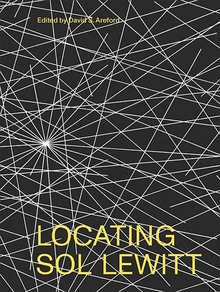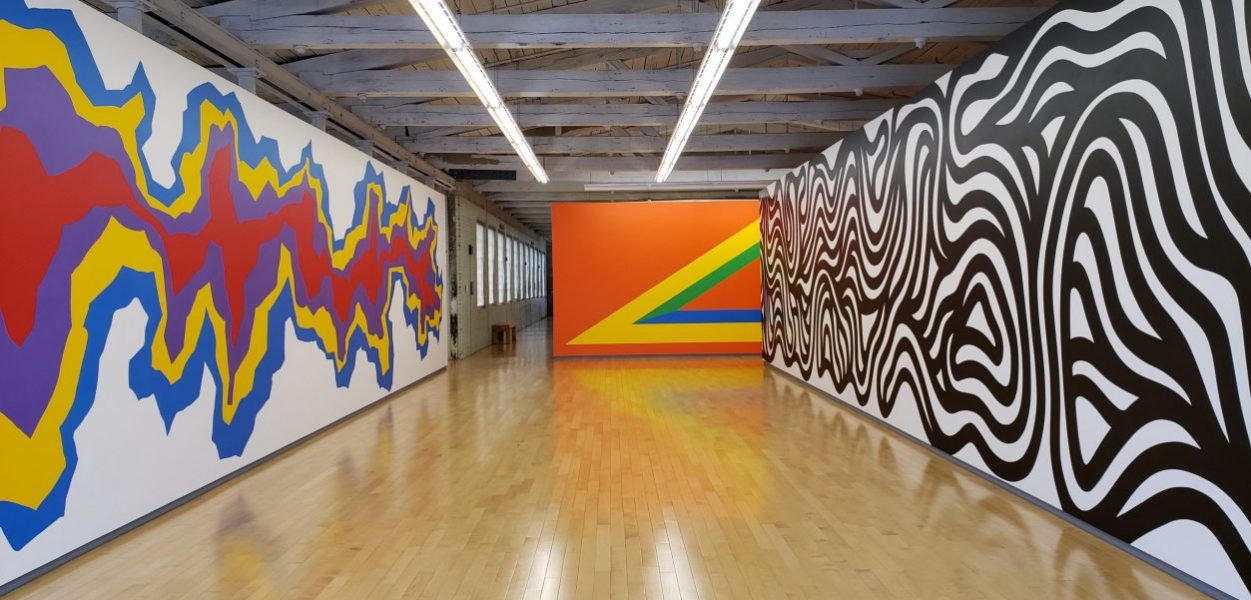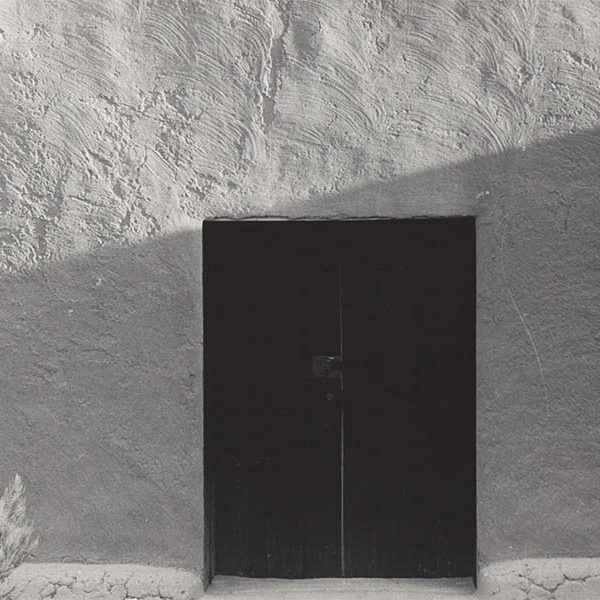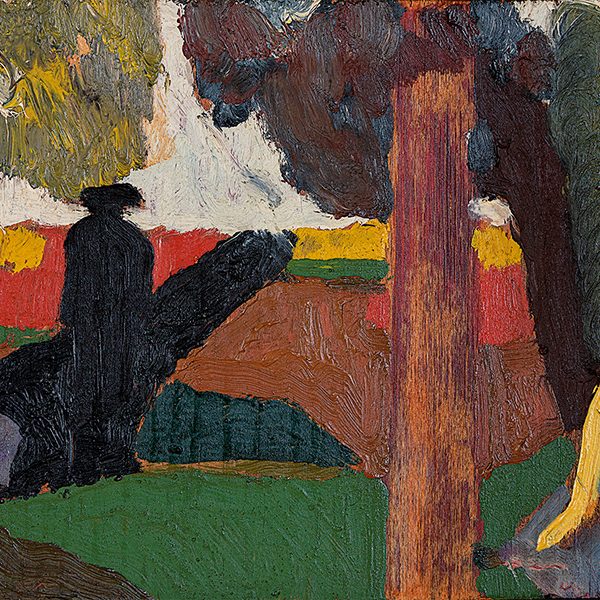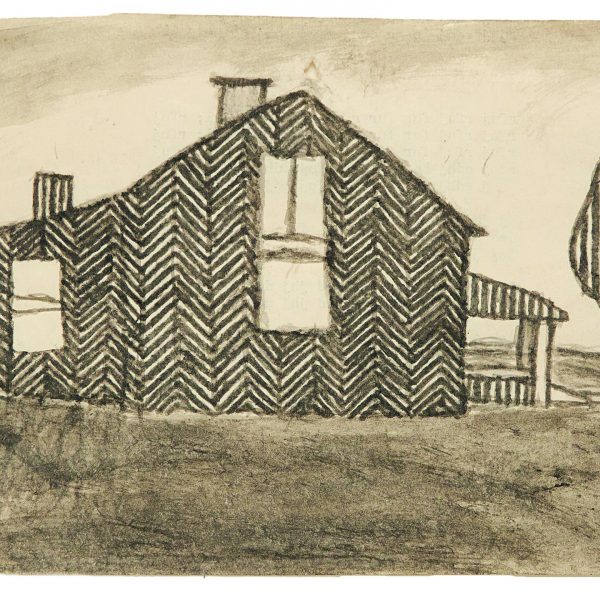Sol LeWitt: In All Directions (Part 2)
In the introduction to Locating Sol LeWitt, editor David Areford advocates for a “plural LeWitt,” that is, a more expansive view of the artist and his practice, one that fully embraces the multiple mediums he pursued and the sometimes difficult and contradictory aspects of his conceptual art. In this spirit, the volume’s nine essays employ diverse methodologies and new archival sources to illuminate well-known works, as well as unfamiliar or entirely unexplored aspects of LeWitt’s life, art, and career. The famous wall drawings are a central topic but so are the artist’s structures, photographs, prints, books, works on paper, and even his rare forays into film and architecture.
In this two-part series, Areford and fellow contributors Veronica Roberts and Kirsten Swenson reflect on their personal and academic connections to LeWitt and his work. They explored the genesis of their interest in LeWitt in the first part. In this second and final installment, they share what they’ve learned from their recent research.
Veronica Roberts: My essay, “Front Lines: LeWitt at Work at the Modern (1960–65),” looks at the impact of LeWitt’s early job as a receptionist at the Museum of Modern Art and the circle of friendships and exchange of ideas that occurred during this decisive moment in the artist’s career. As a curator, I’m interested in the ways that friendship and community shape artistic development. Sol mentioned to me on several occasions that he learned more from his time at “the Modern,” as it was then known, than he did from his formal training as an artist. It was there that he met Robert Mangold, Robert Ryman, Dan Flavin, Gene Beery, and Lucy Lippard for the first time. Lucy Lippard worked in the library and similarly characterized the Modern as representing a “fascinating labyrinth of friendships and connections” and “the hub” and “the beginning of our art world lives.”
My essay explores the network of friendships and ideas that Sol participated in during his five years working as a receptionist at the museum and in particular, the ways that his conversations with Flavin helped catalyze LeWitt’s shift from modular structures to serial systems. I also trace the way these friendships provided the scaffolding for LeWitt’s success as an artist in the late 1960s. In 1964, Flavin invited LeWitt to participate in “Eleven Artists” at the Kaymar Gallery in New York, LeWitt’s first exhibition at a gallery.

Although the gallery was short-lived, the New York Times art critic Brian O’Doherty hailed the exhibition as “one of the most provocative shows in town.” And in 1968, former MoMA colleague Lucy Lippard invited LeWitt to participate in a group show at Paula Cooper Gallery where he contributed his first wall drawing.
It was such a thrill to get to delve deeper into this crucial chapter of Sol’s artistic life. I can also share that my next major exhibition at the Blanton Museum, “Day Jobs,” (opening February 2023) will have a gallery devoted to this group of artists who worked at the Museum of Modern Art. It will place this group in a broader context with other American artists for whom day jobs have impacted their artistic practices, in unexpected but deeply impactful ways. Sol has really inspired a sustained interest in artistic community and friendship for me, and a close consideration of the complex and wonderful ways that art and life are often intertwined.
Kirsten Swenson: I too have found LeWitt’s friendships to be a critical lens through which to study his work. My essay “The City in Pieces: Sol LeWitt’s Manhattan” considers LeWitt’s photographs of the walls of the Lower East Side in relation to his friend Hans Haacke. The context Haacke provided lead to a more political understanding of these works than I’d had previously.
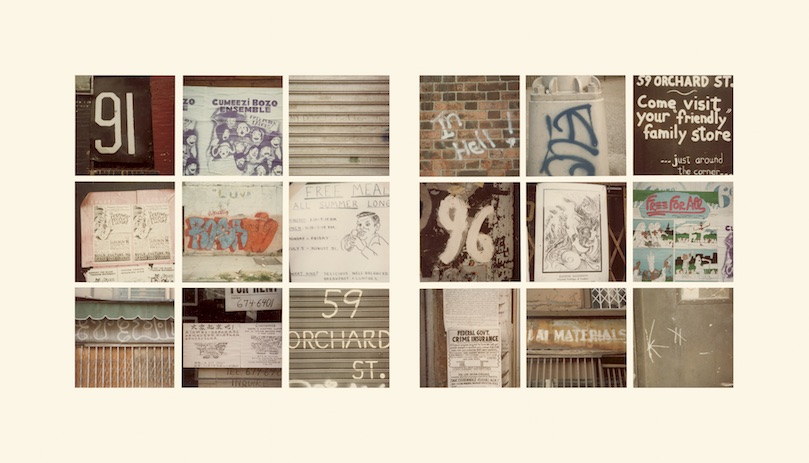
Haacke’s collage The Chase Advantage (1977) was a gift to LeWitt and “a joke,” Haacke has said. Jokes can be revealing! Its origins were serendipitous: printmaker John Campione, who worked with both artists, printed proofs for each on the same sheet. The result was an image of David Rockefeller gesturing with his right hand that hovers over LeWitt’s print of squares and rectangles containing diagonal lines. Hacke took the combined proof and pasted text over LeWitt’s print: “Give yourself The Chase Advantage,” along with Chase corporate-speak extolling virtues of “sincerity and honesty.” He signed and dated the collage “For Sol from Hans, 4/30/77.”

Rockefeller was then CEO of Chase Manhattan Bank, principal lender to real estate developers like Shapolsky and Goldman and di Lorenzo whose “slumlord empire” and sweetheart deals with the city were the focus of Haacke’s “real time social systems.” Rockefeller was also an influential board member of the Museum of Modern Art, serving as chairman when Haacke’s MoMA Poll (1970) homed in on the politics of his brother Governor Nelson Rockefeller, and then as vice chairman. At the time Haacke gifted this collage, LeWitt was preparing for a mid-career retrospective at MoMA. Was LeWitt giving himself the Chase Advantage? It was a joke—Haacke well understood the complicated interdependence of artists and institutions like MoMA.
By the time of Haacke’s joke/gift, LeWitt had traded wall drawings for Haacke’s Sol Goldman and Alex diLorenzo Manhattan Real Estate Holdings, a Real-Time Social System, as of May 1, 1971. Goldman and di Lorenzo, along with Shapolsky, owned tenements in the Lower East Side as LeWitt photographed neighborhood walls. His records of ephemeral activism, typography, and commerce are in a sense complementary to Haacke’s real time social systems. They were not a neutral conceptual “pointing,” but a response to displacement and gentrification and the precariousness of community. LeWitt told Lucy Lippard that putting his own drawings on these walls “would be a patronizing and colonialist gesture.” His work belonged to a different cultural register—the museum, and at this time, MoMA in particular with its Rockefeller patronage. This self-awareness was a revelation to me, along with the questions it raises about privilege, audience, and rights to the city.
David Areford: My essay, “LeWitt Moves: Choreographing the Printed Image,” focuses on LeWitt’s printmaking and the ways in which he exploited its medium-specific capabilities (that is, possibilities not available in other media) to serve his conceptual goals, as well as to mentally, visually, and spatially engage viewers. For example, several works of lithography, etching, and silkscreen from the 1970s and 1990s depend on the rotation of the print matrix. The stone, plate, or screen was typically rotated a quarter or half turn in the process of making a print series or a layered single image. And it’s clear that LeWitt wanted viewers to be aware of these moves. Sometimes the titles would give it away – “printed in four directions” or “in all directions.” But other times what’s going on is revealed only through subtle visual clues, such as repeated lines, scribbles, or brushstrokes.

The conceptual and perceptual implications of this rotational maneuver weren’t completely clear to me until I attended the revival of Dance at the Joyce Theater in 2016. This 1979 work is a collaboration between the choreographer Lucinda Childs, composer Philip Glass, and LeWitt, who contributed a 35-mm black-and-white film of the dance projected on a scrim in front of the performers. The film demonstrates both a way of seeing and a way of understanding the dance by permitting an ever-changing viewpoint from the front, the sides, overhead, and even from behind. At times these different views are presented simultaneously through split screen or superimposition. Sitting in the Joyce, I realized that LeWitt’s prints do something similar, inspiring a paripatetic kind of viewing that leads to a visual, mental, and spatial reconstruction or reperformance of the moves that created the image.

It was Dance that allowed me to fully understand and connect the 1970s prints and the ones made in the 1990s. My second essay, “Voices beyond the Wall: On Sol LeWitt’s Jewish Art,” also depends on making connections over the expanse of LeWitt’s career, links that only become evident with a full retrospective view. As in Veronica’s essay, the biographical context is key — in this case, LeWitt’s Jewish heritage (although his wife Carol has called him a “very, very observant nonbeliever”). And I’m also working against the grain of LeWitt’s published declarations that his art was not “subjective” and served no “social or moral purpose.”
The essay explores six projects completed from 1987 to 2005 that respond to specific Jewish contexts in Italy, Germany, and the United States. There are two structures, two wall drawings, a work of architecture, and a sound-and-sculpture installation. These works are intensely personal and fully engaged with Jewish history, loss, and memory, as well as themes of spiritual longing and disappointment. Most surprising perhaps is the 2005 piece Lost Voices, a temporary installation in a former synagogue in Pulheim, Germany.
It consisted of only two components: a brick wall constructed across the interior’s entire width (thus completely blocking visual and spatial access) and a recording of liturgical music for Rosh Hashanah and Yom Kippur that played continuously behind the wall. Ultimately, these works force us to reevaluate certain foundational aspects of LeWitt’s overall oeuvre. For example, the unit of the wall becomes much more than a support or ground (as in the wall drawings) or formal unit (as in the concrete block structures) and more clearly a medium in its own right. Furthermore, the wall can sometimes be explicitly architectural or assert itself as a subject or iconographic motif.
Of course, we could discuss many more insights, discoveries, and surprises that are revealed in Locating Sol LeWitt. And even though the contributions aim to cover as much uncharted territory as possible, there is plenty yet to be explored. Thus I hope our volume will inspire new questions, debates, and research. But I also hope it defeats certain preconceptions by presenting a collective version of LeWitt and his art that is unfamiliar, contradictory, and challenging.
David S. Areford is associate professor of art history and department chair at the University of Massachusetts Boston. He is the author of Strict Beauty: Sol LeWitt Prints (Yale University Press, 2020).
Veronica Roberts is curator of modern and contemporary art at the Blanton Museum of Art at the University of Texas at Austin. She is the editor and co-author of Converging Lines: Eva Hesse and Sol LeWitt (Blanton Museum, 2014).
Kirsten Swenson is associate professor of art history at the University of Massachusetts Lowell. She is the author of Irrational Judgments: Eva Hesse, Sol LeWitt, and 1960s New York (Yale University Press, 2015).
Further Reading:
